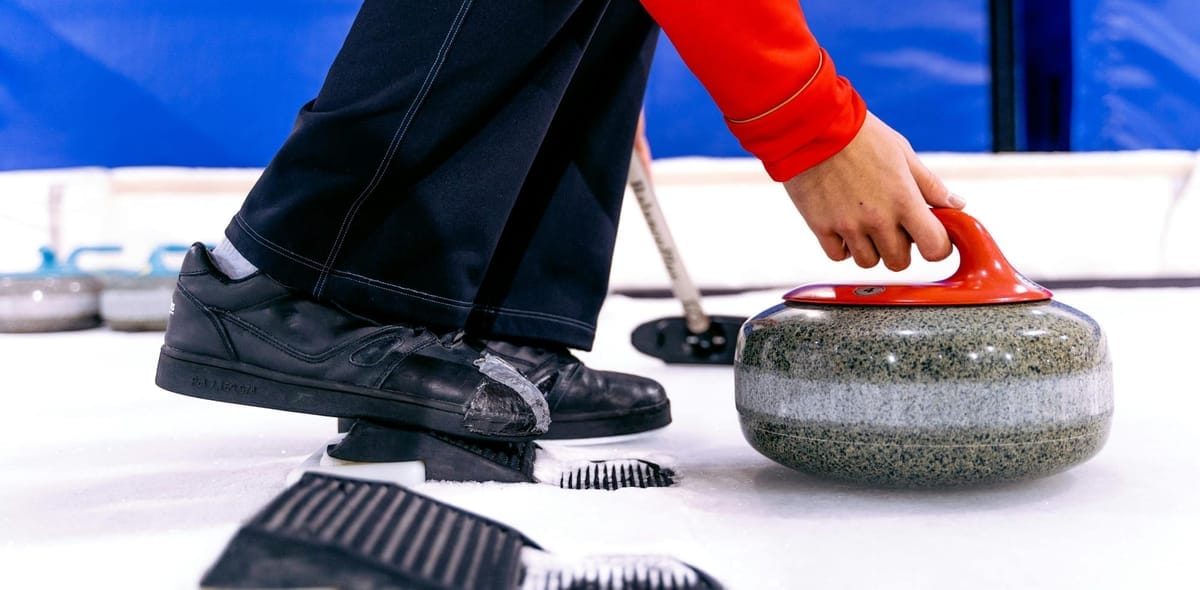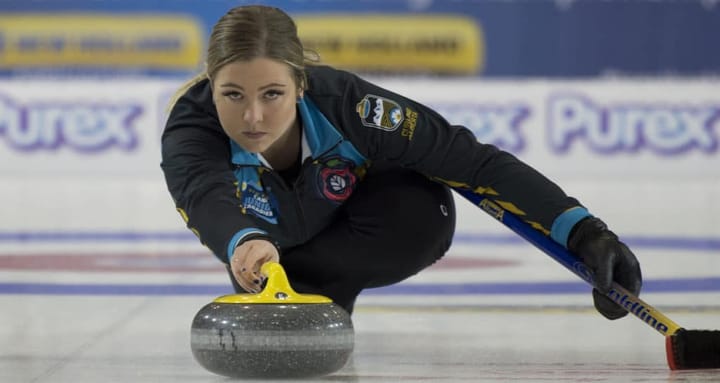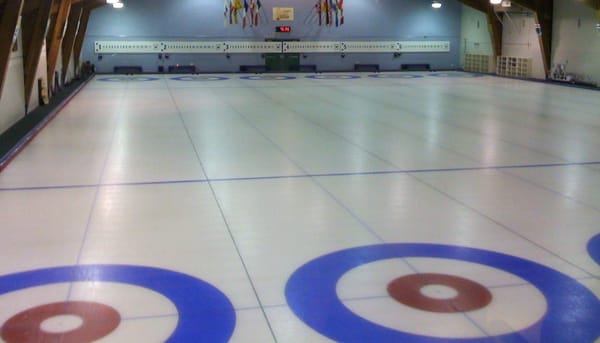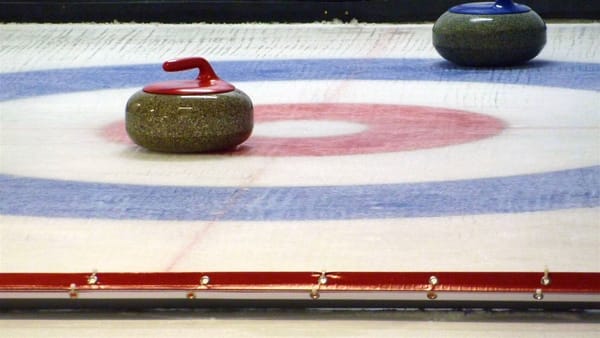Balance: The Key to Accurate Delivery
Balance is the most important part of your delivery. Everything else is built on a steady, balanced slide

In the world of curling, balance is not just a physical trait—it's a critical skill that directly influences your performance on the ice. A well-balanced delivery ensures a straight line, accurate weight control, and greater stability, all essential for success in this precision sport.
What Is Balance in Curling?
In curling, balance refers to maintaining your body's center of gravity over your sliding foot throughout the delivery. This means avoiding excessive weight on either the stone or your broom. A balanced stance allows for a smooth and effective shot.
Importance of Balance
-
Straight Line of Delivery: Maintaining balance is crucial for throwing the stone straight down the intended line. Any lateral movement, such as drifting to one side, can cause the stone to veer off course, making it harder to hit the target.
-
Consistent Weight Control: A balanced delivery channels all your energy forward toward the skip's broom. When you're off balance, energy can be wasted on lateral movements, making it difficult to achieve consistent draw weights.
-
Preventing Falls: Good balance contributes to your safety on the ice. It helps you maintain stability, reducing the risk of falls during deliveries or while sweeping.
Achieving Good Balance
To achieve effective balance during your delivery, consider the following techniques:
Sliding Foot Placement
Ensure your sliding foot is placed directly under your chest with your heel on the line of delivery. Avoid positioning your foot too far to the right, which can lead to an unbalanced delivery and drifting.
Using a Sliding Device
If you're struggling with balance, a sliding device can provide additional support and stability, especially for beginners. However, it's essential not to become overly reliant on this tool; continue to practice balance drills independently.
Making Balance Instinctive
For advanced curlers, maintaining balance should become instinctive. When balance is second nature, you can focus on other elements of your delivery, such as tempo and release. Achieving this level of mastery requires dedicated practice and attention to technique.
Factors Affecting Balance
Several factors can influence your balance on the ice:
- Athletic Ability: Your natural athleticism and coordination can play a significant role in your ability to balance effectively.
- Strength and Flexibility: Strong core muscles and good flexibility can enhance your overall balance.
- Spatial Skills: These skills involve your ability to judge your body's position relative to your surroundings, aiding in maintaining balance.
Troubleshooting Balance Problems
If you consistently face balance issues, check for the following:
- Sliding Foot Placement: Ensure your sliding foot is positioned correctly under your chest.
- Weight Shift: Confirm that you're smoothly transitioning your weight from your hack foot to your sliding foot during delivery.
- Tempo: A rhythmic and smooth delivery can significantly improve your balance.
- Release: Avoid sudden or jerky movements during release, as these can disrupt your balance.
Advanced Balance Considerations
As you progress, consider these advanced techniques:
Axis Analysis
Asses your body's position in relation to three axes: vertical, horizontal, and longitudinal. Understanding these axes helps identify areas where balance may falter, allowing for targeted adjustments in technique.
Parallax Syndrome
Parallax refers to the difference in angle at which your dominant eye sees the target compared to your non-dominant eye. While it can affect shot alignment, focus on developing a consistent delivery rather than over-correcting for parallax. Trust feedback from your skip regarding whether you're hitting the broom.
The Sliding Foot Delay
This technique involves delaying the forward movement of your sliding foot twice during the delivery: once during the drawback and again as the stone is pushed forward. The second delay helps your body drop into the sliding position, generating power from gravity and improving overall balance.
Conclusion
Mastering balance in curling is essential for developing a consistent and accurate delivery. By understanding and applying these key principles—alongside dedicated practice—you can significantly enhance your performance on the ice. Balance is not just about physical stability; it’s a fundamental aspect of curling that influences every shot you take.



